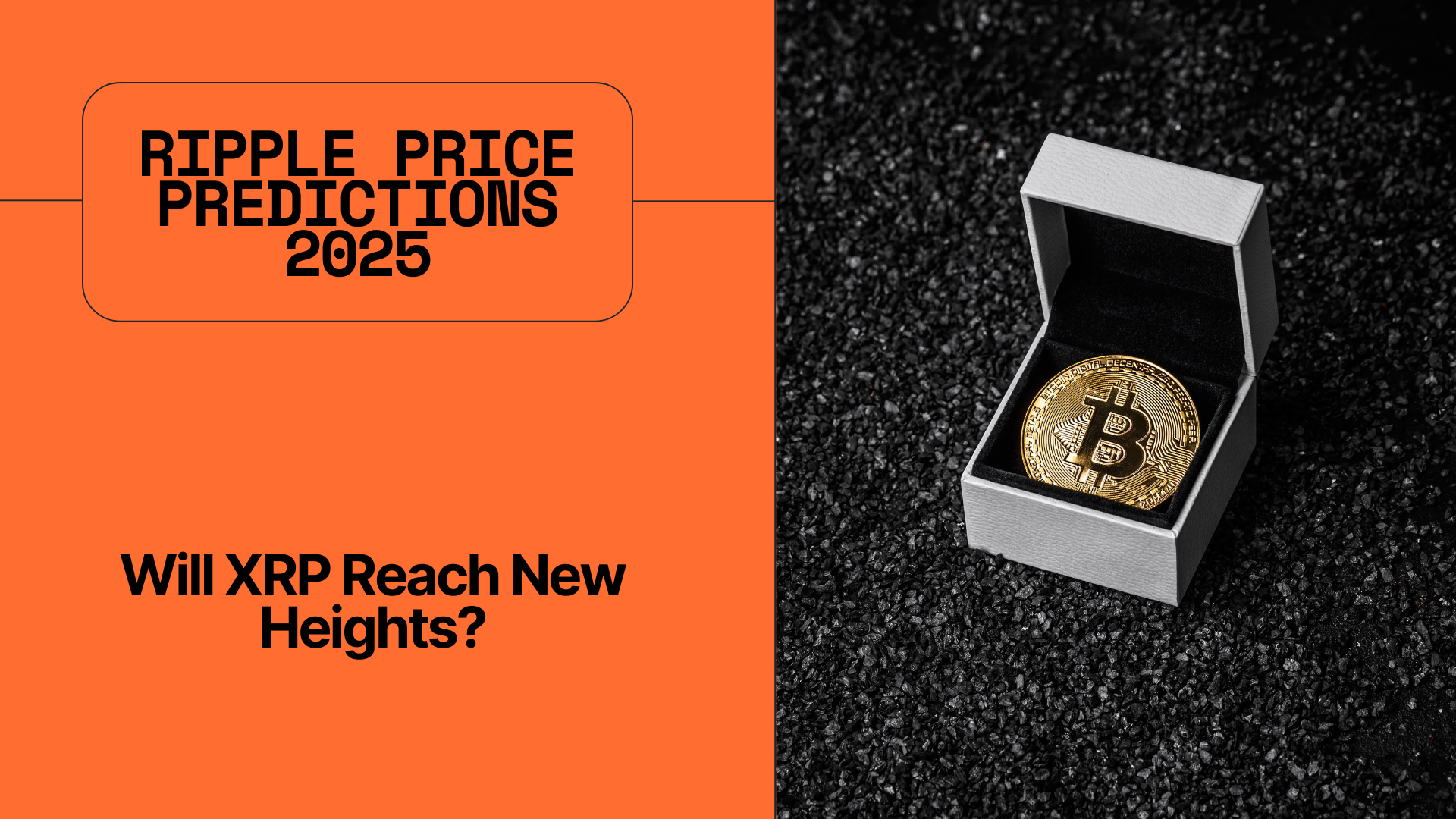
After years in the regulatory spotlight, XRP enters 2025 with clearer rules of the road and new utility narratives. The multi‑year SEC case has effectively concluded, and Ripple has expanded its product set (including a USD‑backed stablecoin, RLUSD) while the XRP Ledger (XRPL) continues to add features for developers and liquidity providers. Price action can change quickly, but the ingredients for a constructive year are easier to analyze now.
Below, you’ll get a grounded framework for thinking about XRP price predictions for 2025—what could push the token higher, what could cap it, and how to monitor the signals in real time.
Quick facts to anchor expectations
- All‑time high (ATH): ~$3.84 (January 2018).
- Supply mechanics: 100B XRP max; a large portion historically held in on‑ledger escrow with scheduled releases.
- What XRP is for: XRP is the native asset of XRPL, designed for fast, low‑cost settlement; Ripple builds enterprise payments and treasury tools that can use XRP and, increasingly, RLUSD.
These anchors help you gauge scenario ranges. If a prediction implies multiples above the ATH, ask what fundamental shift would justify it.
The big drivers of XRP in 2025
1) Regulatory clarity and market access
The end of the high‑profile U.S. case removes a structural overhang and reduces headline risk. For 2025, that means fewer binary legal surprises and more focus on execution: onboarding institutions, expanding licensure in key regions, and meeting compliance requirements in markets governed by comprehensive rules such as the EU’s MiCA.
2) Utility growth: payments, stablecoins, and on‑chain liquidity
Ripple’s RLUSD stablecoin adds a fiat‑like settlement asset to the toolkit, potentially improving the user experience for cross‑border flows and on‑chain finance. On the protocol side, XRPL’s native AMM (Automated Market Maker) widens liquidity options alongside the built‑in DEX, a long‑standing XRPL feature. Together, these can deepen markets, tighten spreads, and make it easier for apps to build on XRPL.
What to watch: RLUSD circulating supply and adoption (exchanges, payment flows), XRPL AMM usage (pool TVL, swap volumes), and developer traction (new wallets, DEX front‑ends, tokenized‑asset pilots).
3) Macro conditions and crypto cycles
XRP rarely travels alone. Liquidity cycles, risk appetite, and Bitcoin/Ethereum trends ripple (no pun intended) across large‑cap assets. If the broader market tightens financial conditions or risk assets sell off, even strong project news can get faded.
What to watch: BTC/ETH trend, stablecoin market growth, funding rates, and dollar liquidity indicators.
XRP price scenarios for 2025
These scenarios are educational, not investment advice. Use them as mental models and update as new data arrives.
Bear case: $1.50–$2.20
Assumptions: risk‑off in crypto; limited net‑new adoption of RLUSD; AMM/DEX activity stays modest; regulatory benefits are largely priced in. In this path, XRP defends higher lows than 2024–2025 troughs but struggles to build sustainable momentum.
Signals you’d see: flat/declining on‑chain volumes on XRPL; slow growth in RLUSD supply; muted exchange inflows and derivatives open interest.
Base case: $2.20–$3.50
Assumptions: steady market; RLUSD integrates across more venues and corridors; AMM pools deepen; EU/Asia licensing expands distribution; U.S. remains mixed but not hostile. XRP revisits a broad range below/around its historical ATH.
Signals you’d see: multi‑month rise in XRPL swap volumes and AMM TVL; RLUSD supply grows; more banks/fintechs talk publicly about production pilots; exchange liquidity (order‑book depth) improves across fiat and stablecoin pairs.
Bull case: $3.50–$6.00
Assumptions: broader crypto uptrend; clear institutional payment wins with measurable throughput; RLUSD usage accelerates, helping pricing/invoicing in real commerce; XRPL AMM becomes a meaningful liquidity venue; U.S. policy remains constructive. A durable break above the prior ATH would likely require both macro tailwinds and visible, on‑chain fee/revenue traction.
Signals you’d see: consistent spikes in XRPL on‑chain activity; growing RLUSD settlement share in Ripple’s payment flows; increasing exchange listings/fiat rails; positive regulatory headlines instead of mere absence of negatives.
Pro tip: rather than fixate on a single “target,” track a dashboard of metrics—price is the lagging summary, utility is the leading indicator.
How to track the fundamentals
- Price & anchors: use large aggregators to confirm current price, ATH/ATL, and market cap.
- Supply/escrow: check official XRPL resources for escrow mechanics and any changes to release policies or amendments that affect token flows.
- Protocol upgrades: follow XRPL’s blog and amendment tracker for AMM and other features that can shape liquidity and fees.
- Regulation: monitor top‑tier outlets for case outcomes, settlements, and policy shifts (U.S., EU MiCA, key Asian hubs).
- Stablecoin progress: watch RLUSD’s market cap growth and exchange/fintech integrations; increasing usage supports the payments narrative.
Key risks that could cap XRP in 2025
- Commoditization of payments: If cross‑border rails converge on stablecoins without needing XRP as a bridge asset, utility might accrue more to RLUSD or other stablecoins than to XRP.
- Execution slippage: If AMM/DEX volumes or enterprise integrations lag, investors may treat 2025 as “show me” territory.
- Policy reversals: Regulatory tone can change with elections and enforcement priorities. Renewed uncertainty could widen spreads and depress volumes.
- Competition: Stablecoin leaders and other L1/L2 payment stacks will fight hard for enterprise flows and developer mindshare.
Can XRP reach new heights in 2025?
Yes—if fundamentals line up. The legal overhang is largely resolved, XRPL has fresh liquidity tooling (AMM) and a companion settlement asset (RLUSD) to complement XRP’s role in fast payments. Combine that with constructive macro conditions and real‑world corridors going live, and a revisit of the prior ATH is conceivable. Without those proof points, XRP more likely ranges below highs while the market waits for sustained, measurable utility.